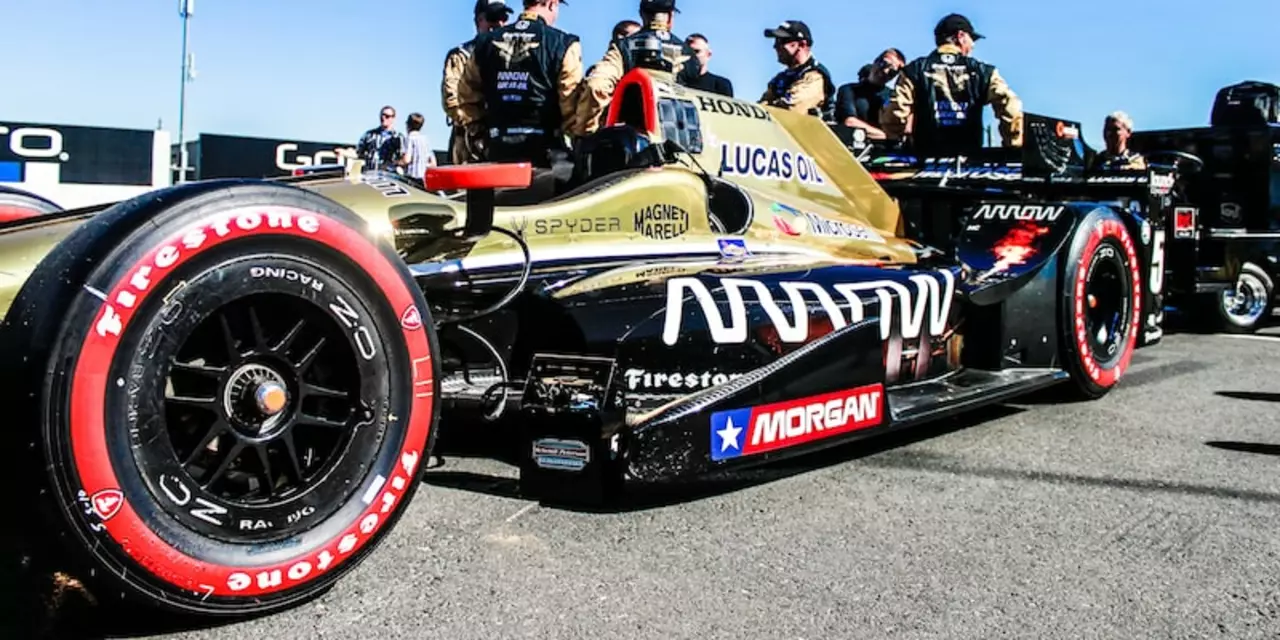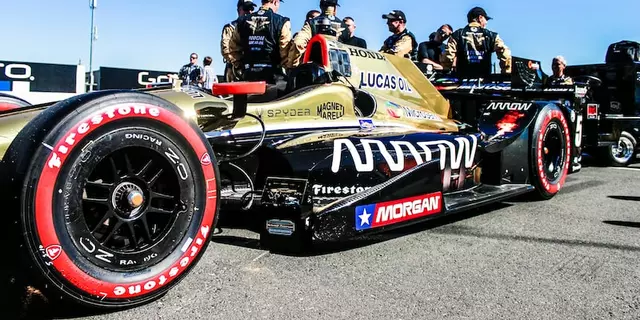Just how dangerous was auto racing during the early 1900s?
Auto racing during the early 1900s was incredibly dangerous, as safety measures were minimal and the sport was becoming increasingly popular. Racers would often drive their cars at extreme speeds and often with no safety equipment whatsoever. Often times, the drivers would be thrown from their cars and suffer serious injuries or even death. Spectators were also not safe from the danger, as crashes and explosions often led to injury and death. Despite the dangers, the sport continued to grow in popularity and remains popular today.
What's the difference between a racing car and the average car?
The difference between a racing car and the average car can be found in their design, performance, and cost. Racing cars have been designed to be lightweight and aerodynamic, with a powerful engine and transmission to maximize speed and acceleration. They also have specialized suspension and braking systems, as well as advanced safety features. In comparison, the average car is designed for everyday use, with a heavier frame and less powerful engine. It also has less specialized suspension and braking, and fewer safety features. Ultimately, racing cars are built for performance, while the average car is built for comfort and practicality.
Why has IndyCar never gone global like Formula 1?
IndyCar is an American open-wheel racing series, founded in 1996, that has not enjoyed the same level of international success as Formula 1. There are several main reasons for this, including the fact that the IndyCar series is seen as too American-centric, with a lack of interest from international sponsors and drivers. Additionally, IndyCar's focus on ovals has made it less attractive to fans in Europe, who tend to prefer street circuits and road courses. Finally, the smaller size of the series means that it has less money to spend on marketing and promotion, making it harder to establish a presence in international markets.
Where do sports statistics during TV broadcasts come from?
Sports statistics during TV broadcasts come from a variety of sources, including data collected by the league, by teams, and by third-party providers. The data is then compiled and distributed to broadcasters, who in turn use it to add context and analysis to their broadcasts. Data points range from basic stats like points scored and assists to more in-depth metrics like advanced analytics and player tracking. This data is also used to power fantasy sports leagues, giving fans the opportunity to compete and win prizes based on their knowledge of the sport. In conclusion, sports statistics during TV broadcasts come from a variety of sources, with the data being used to inform viewers and power fantasy sports leagues.
What will be the future of auto racing without gasoline?
Auto racing without gasoline is an increasingly popular concept as the world turns to alternative sources of energy. In the future, electric cars and other fuel alternatives will be the norm in auto racing. Events will be powered by electricity and renewable sources of energy, such as solar and wind power, creating a more sustainable and eco-friendly form of racing. Races will be shorter and more intense, with drivers having to be more strategic and efficient in order to win. The use of batteries, solar energy and wind power in racing cars will make the sport much more exciting and competitive. Keywords: Auto Racing, Gasoline, Alternative Energy, Electric Cars, Solar, Wind, Batteries.







